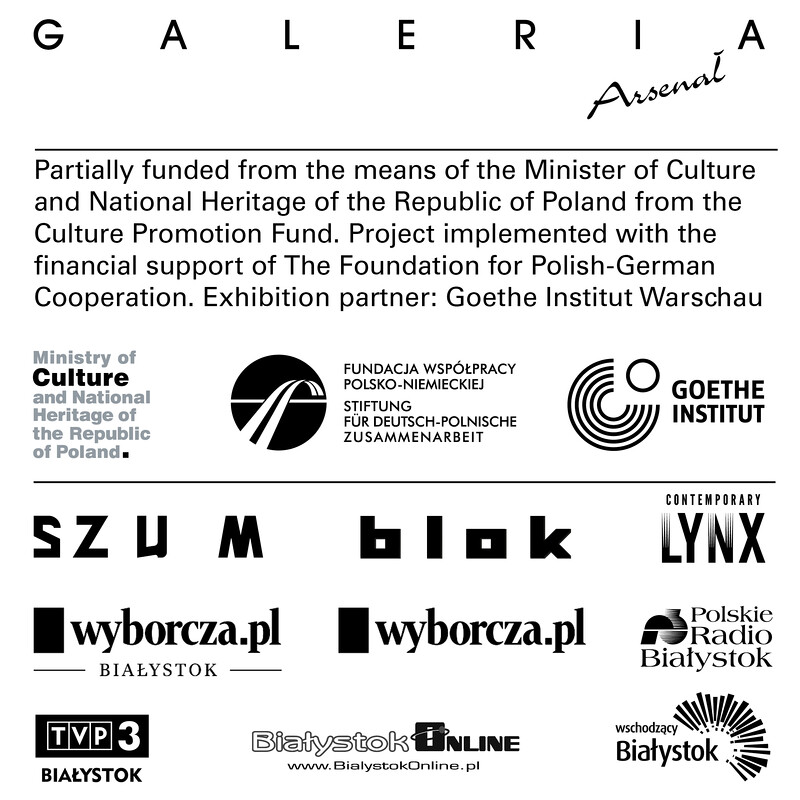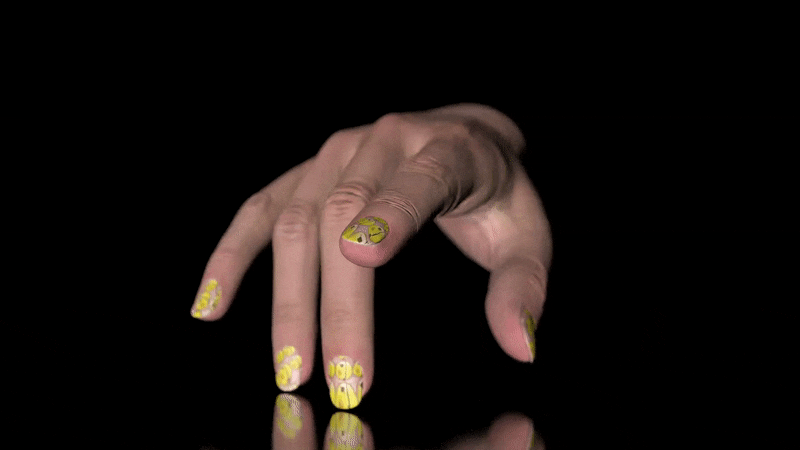Exhibition on Bauhaus Centenary
October 18–December 18, 2019
ul. Adama Mickiewicza 2
15-222 Białystok
Poland
Hours: Tuesday–Sunday 8am–6pm
Artists, researchers: Aristide Antonas, Goshka Macuga, Karina Bisch, Post-Noviki, Salvatore Lacagnina, Wendelien van Oldenburgh, Zuza Golińska, and curators: Adam Przywara, Ewa Tatar, Karolina Matysiak working on archive materials by: Alma Siedhoff-Buscher, Friedl Dicker-Brandeis, Giuseppe Pinot-Gallizia, Ivana Tomljenović-Meller, Katarzyna Kobro, Hannes Meyer, Lucia Moholy, Oskar Schlemmer, Władysław Strzemiński, The International Movement for an Imaginist Bauhaus, among others, as well as those from the Building Research Archive Stiftung Bauhaus Dessau and the Jewish Museum in Prague
On August 1, 1930, the director of Bauhaus Hannes Meyer was dismissed. Protest and struggles followed, initiated by the school’s students supporting the radical politics and design ideas Meyer stood for. After several weeks, the protestors were pacified by the police and the most rebellious students were expelled from the school by the new director, Mies van der Rohe. Events of those weeks, as well as their results and origins, remain obscured from the institution’s historiography. However, these offer a way to understand the school’s history and legacy in a complex and dynamic way, celebrating critically 100 years of its foundation.
Exhibition is structured around the school experienced in 1928 to 1930. Looking at the intrinsic dichotomy between theory and practice within Bauhaus, the exhibition asks about the place of architecture, industrial production and politics in the history of the school. Those historical questions about the relationship between functionalism and formalism in the school’s curriculum are raised through the use of archival sources and works of contemporary artists.
Taking students’ engagement as the historical lens of its narration, the exhibition will present lesser-known architectural realizations of the school, such as “Houses with Balcony Access” in Dessau-Törten and the ADGB School in Bernau. It is in these projects that the original ideal of the school’s collective engagement in the process of building was realized and updated according to the changing political and economic landscape.
Moreover, life trajectories of Bauhaus students show how the school’s connection to the geographies of the global western modern movement is only a partial historical image. Situated in Białystok in eastern Poland, the exhibition counters the existing myths around the migration that occurred after the closure of the Bauhaus in Dessau. This migration was, contrary to a widely spread belief, more significantly to the Soviet Union rather than to the United States.
The second part of the exhibition will present a selection of materials, works, and objects that belong to the manifold afterlives of Bauhaus. Redrawing the problem of originality in modern architecture is shown through the selection of items of Bauhaus architecture sourced from the Building Research Archive of Stiftung Bauhaus Dessau. Remains of historical transformations of modernist icons will be accompanied by documents from their original construction, created by Lucia Moholy and appropriated for many years by Walter Gropius.
WWII and the 1950s, in the shadow of the conflict, mark the historical horizon of the exhibition while resonating within its title taken from the work of Serbian Bauhaus student Ivana Tomljenović-Meller. Presented works by Tomljenović underline the importance of singular trajectories of Bauhaus students in the narration of school history. The latter is fully articulated through the presentation of Friedl Dicker-Brandeis and her students from Terezin Ghetto where she established art courses for children inspired by her studies at Bauhaus Weimar.
The exhibition concludes looking at the short-lived reemergence of Bauhaus-era disputes between supporters of art and industrial production. The International Movement for Imaginist Bauhaus was established by Asger Jorn in the early 1950s, in discussion with the scientifically functionalist Ulm School of Design. It flourished during 1956 in Alba when the collaborative works brought Jorn together with figures such as a chemist-turned-painter Giuseppe Pinot-Gallizio, as well as others artists and architects. Through engagement with IMIB’s history, the exhibition seeks to distort the clearly delineated continuations of Bauhaus legacy. Against the universalizing brand of “Bauhaus” funded on the abstraction of schools idea, the Bauhaus imagination becomes embedded in the experimental, interdisciplinary and collaborative practice of creativity.



